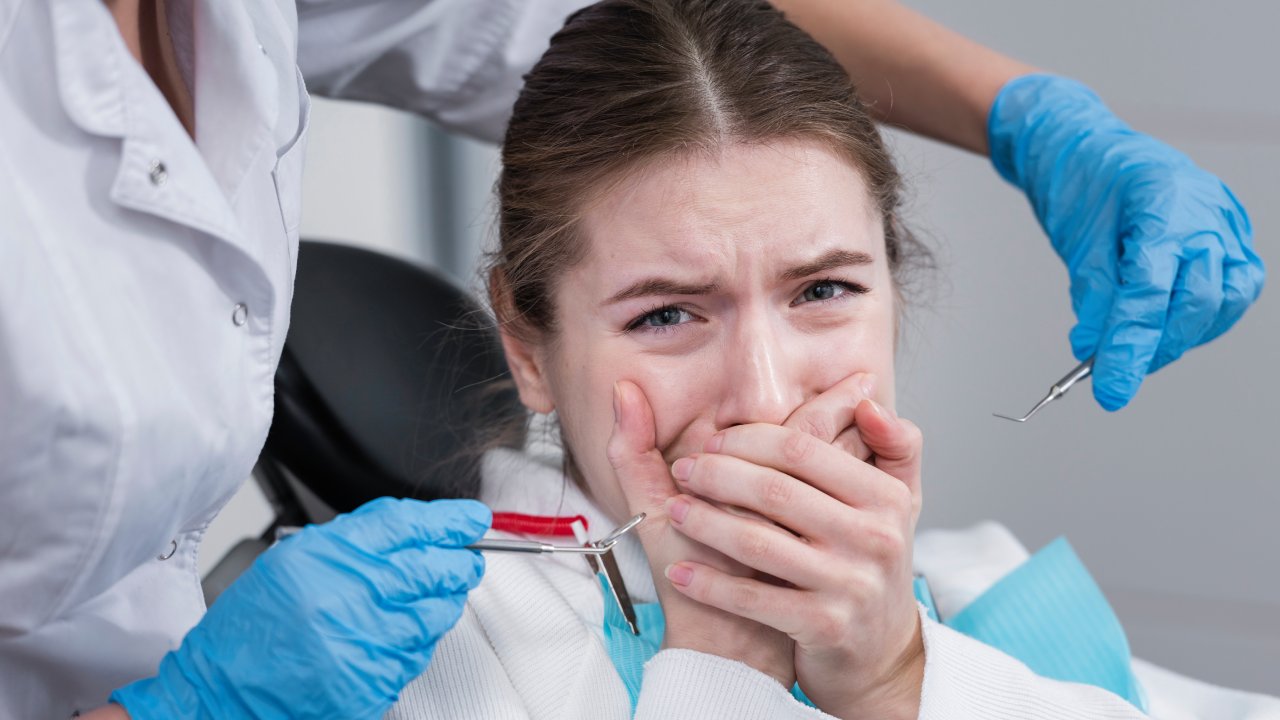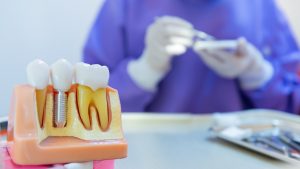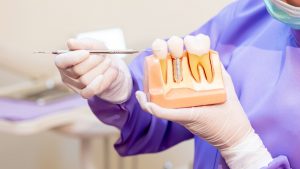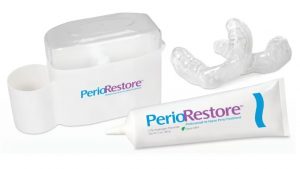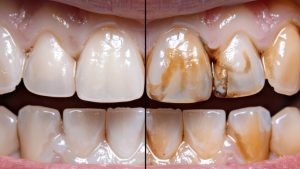Dental emergencies can happen when you least expect them, and knowing how to act quickly can make all the difference. Whether it’s a sudden toothache, a broken tooth, or a knocked-out tooth from a fall, it’s crucial to understand what constitutes a dental emergency and how to respond.
In Anaheim, where life can move quickly, having the knowledge to identify when immediate dental care is needed can help save your smile and prevent more serious issues. At My Smile Dental Care, we’re here to guide you through these stressful situations, offering expert care for all types of dental emergencies.
In this article, we’ll explain the most common dental emergencies, what to do in those critical moments, and how to protect your teeth before disaster strikes.
Common Types of Dental Emergencies
Dental emergencies can occur unexpectedly, and knowing how to react can make a significant difference in preserving your oral health. Here’s a breakdown of common dental emergencies and how to manage them:
1. Severe Toothache
A severe toothache is often the first sign of a dental emergency. It can occur suddenly and be caused by various issues:
Causes:
Tooth decay (cavities), abscesses, cracked or fractured teeth, or gum infections can lead to intense tooth pain. If the pain is sharp, constant, or worsens with temperature changes or chewing, it’s likely a sign of something serious.
When to seek urgent care:
If the pain is severe, persistent, or accompanied by swelling, fever, or a bad taste in your mouth, immediate care is necessary. Ignoring the pain can lead to further infection or complications, such as the spread of bacteria to other parts of the body.
2. Knocked-out Tooth (Avulsed Tooth)
A knocked-out tooth is a classic dental emergency, and the success of reimplantation depends on how quickly you act:
Immediate steps to take for replantation:
If a permanent tooth is knocked out, rinse it gently (without scrubbing) and place it back into the socket if possible. If that’s not feasible, store the tooth in milk or saline solution. Do not store it in water, as it can damage the root cells.
Importance of preserving the tooth correctly:
The faster you get to a dentist, the higher the chances of saving the tooth. Ideally, you should visit a dentist within 30 minutes to an hour for the best chance of reimplantation. However, if replantation is not possible, your dentist can help you explore tooth replacement options to restore your smile.
3. Chipped or Broken Tooth
A chipped or broken tooth is another common dental emergency. This can happen due to trauma, biting hard foods, or weakened teeth:
What to do right after a tooth fracture:
If your tooth chips or breaks, rinse your mouth with warm water to clean the area and apply a cold compress to reduce swelling. Save any broken pieces of the tooth and bring them with you to the dentist.
How dentists repair damaged teeth:
Dentists can repair a chipped tooth with dental bonding, porcelain veneers, or crowns, depending on the severity of the damage. If the fracture is deep, a root canal may be necessary to treat the tooth’s pulp.
4. Loose or Dislodged Fillings or Crowns
A lost or loose filling or crown can expose the sensitive part of your tooth, leading to discomfort and potential damage:
How to handle a lost or loose restoration:
If your filling or crown comes loose, avoid chewing on that side of your mouth. If the restoration is still intact, try to reattach it with temporary dental cement, which can be found at most drugstores, until you see a dentist.
When it’s necessary to visit a dentist:
You should visit your dentist as soon as possible to avoid further damage to the tooth. Your dentist can either reattach the restoration or create a new one if necessary.
5. Bleeding Gums
While minor gum bleeding can occur with brushing, severe bleeding might indicate a more serious problem, such as gum disease or trauma:
Possible causes of severe gum bleeding:
Conditions like gingivitis, periodontitis, or trauma from an injury can lead to severe gum bleeding. In some cases, bleeding gums can also signal an infection that needs urgent attention.
Emergency measures to control bleeding:
Apply a clean gauze or cloth to the bleeding area and gently bite down to apply pressure. If the bleeding doesn’t stop after 15-20 minutes, it’s time to see your dentist to determine the cause and get the right treatment.
6. Swelling and Abscesses
Swelling in the mouth, jaw, or face, along with an abscess (a pocket of pus), is often a sign of a dental infection that requires immediate care:
Signs of an abscess and when it becomes an emergency:
An abscess often presents with severe pain, swelling, redness, and sometimes a fever. It’s typically caused by a bacterial infection that has spread to the tooth root or gum tissue. If left untreated, the infection can spread to other areas of the body.
How infections can spread and why prompt treatment is vital:
Dental infections can spread rapidly, leading to complications such as cellulitis, bone infection, or sepsis. If you notice swelling, pain, or fever, it’s crucial to see your dentist right away to receive antibiotics and drainage of the abscess if needed.
These were 6 common dental emergencies. Now, we’ll discuss what to do during a dental emergency. If you’re unsure where to find a trusted dental professional, check out our guide on how to find a good dentist to help you make an informed choice.
What to Do During a Dental Emergency

A dental emergency can be stressful, but knowing how to handle the situation effectively can minimize damage and relieve discomfort. Here’s a step-by-step guide on what to do during a dental emergency:
Stay Calm and Assess the Situation
The first and most important step is to stay calm. Panicking can make it harder to think clearly and act efficiently. Take a few deep breaths and assess the situation carefully. Identify the problem, whether it’s pain, swelling, or damage to a tooth, and determine its severity.
If possible, look for any visible injuries (such as cracks, swelling, or bleeding) and check if there’s anything you can do to prevent further harm, like stopping the bleeding or protecting the affected area.
Once you have a clearer picture of what’s happening, you can take the appropriate next steps and seek professional care more quickly.
Pain Management
Tooth pain can be intense, but there are ways to manage discomfort until you can see your dentist.
- Over-the-counter solutions: Non-prescription pain relievers like ibuprofen or acetaminophen can help reduce pain and inflammation. Always follow the recommended dosage instructions and avoid placing aspirin directly on your tooth, as it can cause tissue irritation.
- Cold compress: If you’re experiencing swelling or pain, applying a cold compress to the outside of your cheek for 15-20 minutes can help reduce inflammation and numb the area temporarily.
Preserve the Tooth (if applicable)
If you’ve experienced a knocked-out tooth or any tooth fragment, acting quickly can increase the chances of saving it.
If your tooth is knocked out, try to place it back into the socket if possible. If this isn’t feasible, store the tooth in a container of milk or saline solution to keep it moist. Do not store it in water, as this can damage the root.
You need to bring the tooth to your dentist: The sooner you get to the dentist (ideally within 30 minutes), the higher the chances of successfully replanting the tooth.
Call Your Dentist Immediately
Even if the emergency seems minor, it’s always best to reach out to your dentist. They can provide you with immediate guidance and determine the next steps. Many dental offices have emergency lines or after-hours services to assist you in urgent situations. At our dental clinic in Anaheim, we specialize in handling dental emergencies and are ready to assist patients when every minute counts.
When you call, be prepared to explain the symptoms or injury in detail, including when it happened, the severity of the pain, and any visible damage. This will help the dentist assess the situation and prepare for your visit.
Avoid Home Remedies
While it’s tempting to try DIY solutions, certain home remedies can worsen the situation and cause further damage. Avoid using materials like superglue to try to reattach broken teeth or fillings. These substances can damage the tooth and prevent a dentist from repairing it properly.
Similarly, don’t attempt to drain a dental abscess yourself, as this can cause the infection to spread. Home remedies might provide temporary relief, but they can’t replace professional dental care. Always seek advice from a dental professional for proper treatment.
Conclusion
Dental emergencies can be overwhelming, but knowing how to act quickly can significantly reduce the risk of long-term damage. From recognizing warning signs to managing pain and preserving injured teeth, responding promptly is key to ensuring the best possible outcome.
Remember, when in doubt, always seek professional dental care to avoid complications and maintain your oral health. Taking swift action can make all the difference in protecting your smile.

